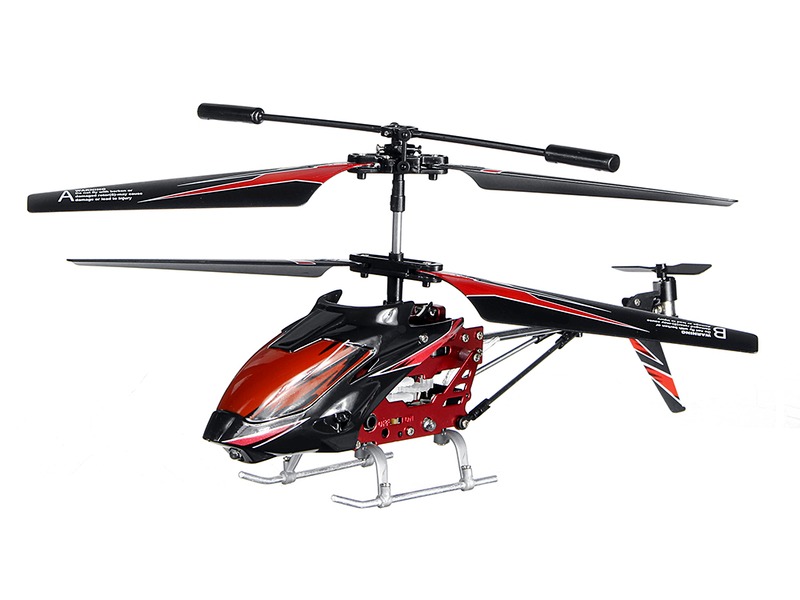Do helicopters talk to air traffic control?

Yes, helicopters do talk to air traffic control, as all aircraft operating in controlled airspace must communicate with air traffic control (ATC) in order to ensure safety and efficiency in the air. The same rules apply to helicopters as to any other aircraft, and pilots must maintain constant communication with air traffic controllers in order to ensure the safety of themselves and those around them.
When operating in controlled airspace, all pilots must maintain two-way communication with air traffic control. This means that the pilot must be able to listen to ATC instructions as well as provide ATC with the aircraft’s position, altitude, and any other pertinent information. Helicopters, like any other aircraft, must communicate with ATC in order to ensure that there is no possibility of collision or conflict with other aircraft, and that the aircraft is operating in accordance with applicable regulations.
Communications between helicopters and ATC usually take place on specific frequencies that are assigned by ATC depending on the airspace in which the helicopter is flying, and pilots must be familiar with the correct frequencies for their particular area of operation. In some cases, ATC will assign a discrete frequency to a certain helicopter in order to facilitate conversation between ATC and the pilot. This can help to ensure that all pertinent information is relayed to the appropriate person in a timely manner.
In addition to direct communications with air traffic controllers, helicopters must also be able to receive and transmit messages via Automatic Dependent Surveillance Broadcast (ADS-B). ADS-B is a system that uses GPS satellites to provide ATC with up to the second information on the position of the aircraft, as well as other pertinent information including speed, altitude, and direction of flight. This information is broadcast to ground stations, which then transmit the data to ATC. This allows ATC to have an accurate picture of the aircraft’s position and movements, which helps to ensure the safety of all aircraft operating in the area.
In summary, helicopters must maintain two-way communication with air traffic control when operating in controlled airspace in order to ensure the safety of all aircraft in the area. This communication is usually done on specific frequencies assigned by ATC, and pilots must also be able to transmit and receive messages via ADS-B in order to provide ATC with up to the second information about their position and movements.
Comments / Question
2. Helicopters must always maintain two-way radio communication with air traffic control and follow the instructions given by air traffic controllers.
3. Helicopters must have an accurate navigation system in place and must follow all navigation guidelines.
4. Pilots must always be aware of their surroundings and remain vigilant for other aircraft.
5. Pilots must remain aware of any temporary flight restrictions imposed by air traffic control.
6. Helicopters must avoid flying in areas with poor visibility or low ceilings.
7. Pilots must always adhere to the prescribed noise abatement procedures.
8. All pilots must be properly trained and certified to operate a helicopter.
9. Helicopters must always be equipped with the latest safety equipment, including an emergency locator transmitter (ELT).

